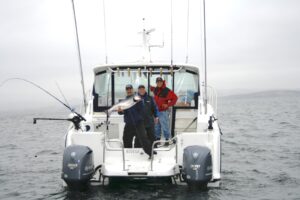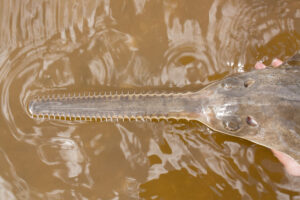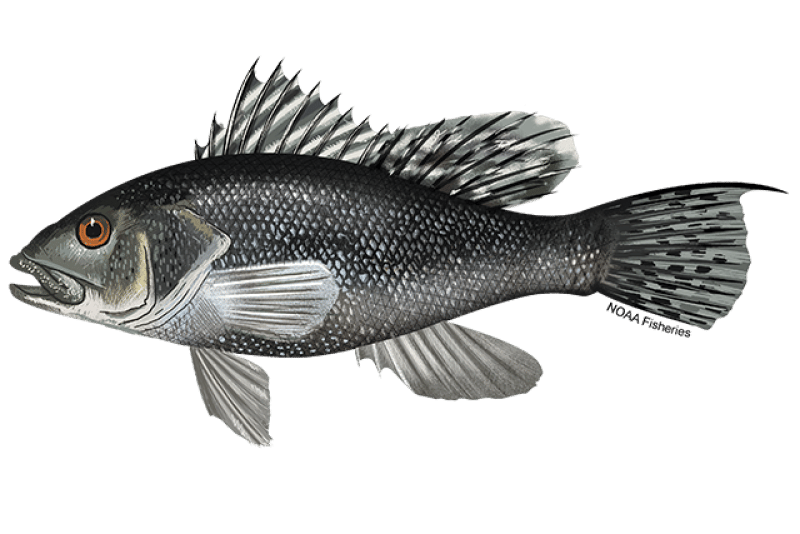
For the average angler, keeping track of regulations covering fish size limits, possession limits and seasons is not an easy process, although there are some apps such as Fish Rules or FishVerify that can help. Add into the mix different regulations for different states and you begin to look at an alphabet soup of rules. How and why does this happen?
Interstate Fisheries Management
The whole process of coordinated management started in the 1940s when fisheries managers realized that it made a lot more sense for states to collaborate on their management of fish species that migrated along the coast. The idea was that coordinated management would be more effective and help maintain resource populations at sustainable levels.
The Atlantic coast was the first to craft an interstate compact that was ratified by the individual states and then approved by Congress in 1942 to form the Atlantic States Marine Fisheries Commission (ASMFC). I can only guess that there was more urgency along the Atlantic Coast due to the proximity of so many states, particularly in the Northeast.
The Gulf states followed a few years later with the Gulf States Marine Fisheries Commission (GSFMC) and then the Pacific states after that with the Pacific States Marine Fisheries Commission (PSMFC). It should be noted that when these bodies were organized, the US territorial sea, the part of the ocean the United States had jurisdiction over, was only at 3 miles. This is the same as the state jurisdiction over their coastal waters.
In general terms, each state has a delegation of commissioners. Usually three people, with the head of the state’s department of marine fisheries as the lead. Each state has only one vote. As the management process has developed over the years, the ideal situation would be that every state had the resource as the primary objective.
Unfortunately, that is not the way the world works. Since the lead commissioner of most delegations is a state employee, there is a constant balancing act of doing what is best for the fish and doing what is best for the state. (Translated: What keeps the fewest number of disgruntled folks from darkening the Governor’s door.) Given this, one might ask if we are better off with the interstate coordinated management process. My assessment is yes, we are. Is it close to perfect? No, it’s not. No resource management effort really is.
Differing Bag Limits Within a Region
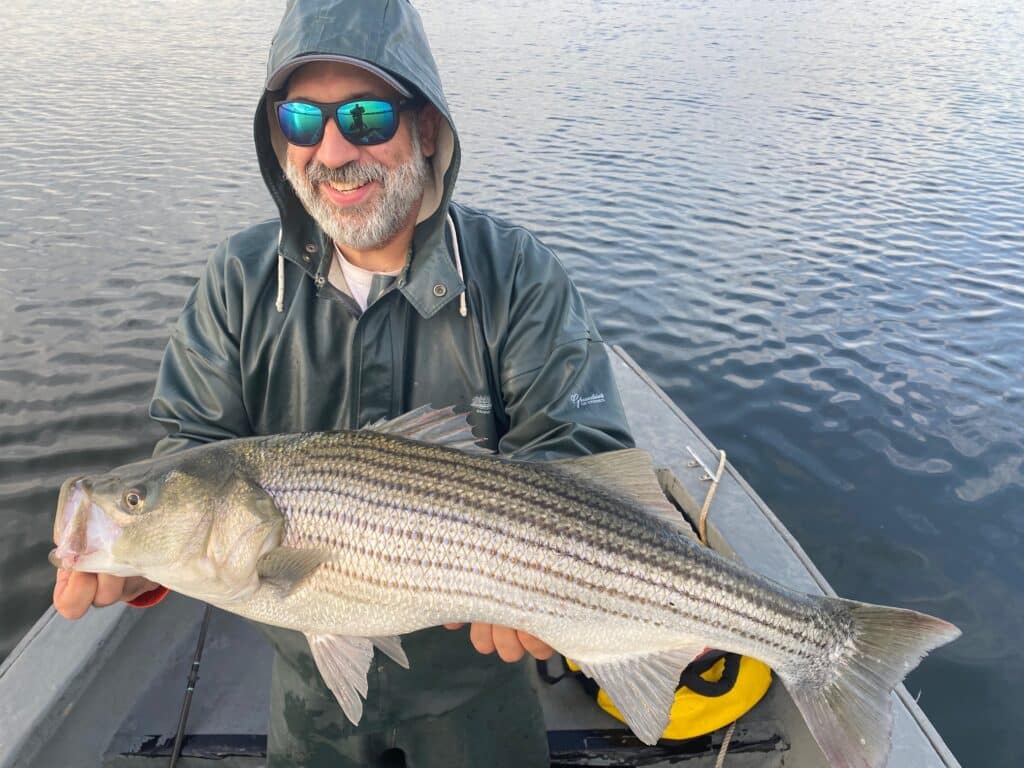
So, let’s take a closer look at the Northeast and some of the fish that are managed by the ASMFC. Three of the most popular fish along the East coast are striped bass, summer flounder (fluke in New England) and black sea bass. None of them have the same state regulations throughout their range. I am going to hazard a guess that striped bass have the closest to uniform regulations. Both summer flounder and black sea bass have the most diverse regs. How is this allowed?
The ASMFC will examine the status of individual stocks. Are they overfished? Is overfishing happening? Where are they in relation to their their target population? With all of that information, they vote on regulations for the individual fish for its range. They also allocate a certain percentage of the estimated population to each state, using landing estimates and angler pressure projections for each individual state obtained through various techniques including creel surveys.
Generally this amounts to seasons, size limits and bag limits. Those regulations go to the states, and this is where it can get complicated. The state can simply adopt the regulations as passed by the ASMFC. Or the state fishery managers can tinker with the regulations by changing the size limits, adding a slot limit, season changes and increasing or decreasing the bag limit. This can lead to two neighboring states having different regulations.
In the end, the state needs to demonstrate that the changes they are proposing will have the same conservation impact as the ASMFC proposed regulations. This is known as conservation equivalency. For the individual angler, this means they are required to conform to the regulations of the state where they plan to land their catch.
Confusion and Anger Over Fishing Regulations
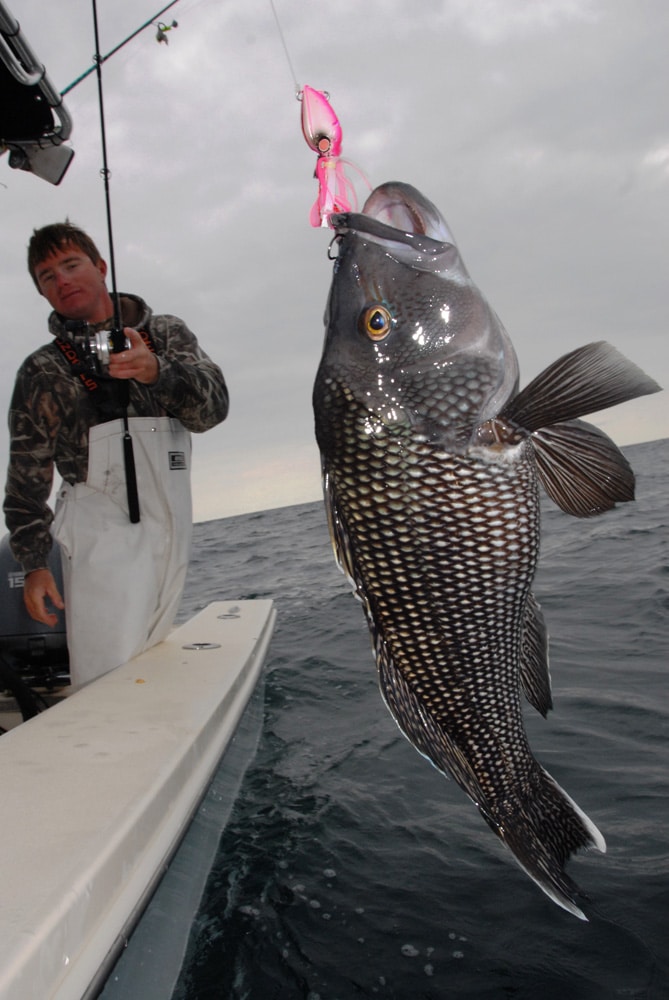
The confusion and the angst happen when anglers from two different states are fishing right next to each other in federal waters. If this happened in mid-October with 2022 regulations, the angler from New Jersey can land 10 black sea bass with a size limit of 13 inches. But the angler from New York can only take 6 black sea bass at 16 inches. The 2023 regulations have not been completely promulgated yet, but it is likely there will be the same kind of variation.
It is hard to understand why there is a difference. You have to be fairly good at statistics to figure it out and most of us simply have to trust our state’s fishery managers. The problem is that trust of government officials is at a real premium these days and the result is a lot of dissatisfaction with the system and pointing of fingers.


